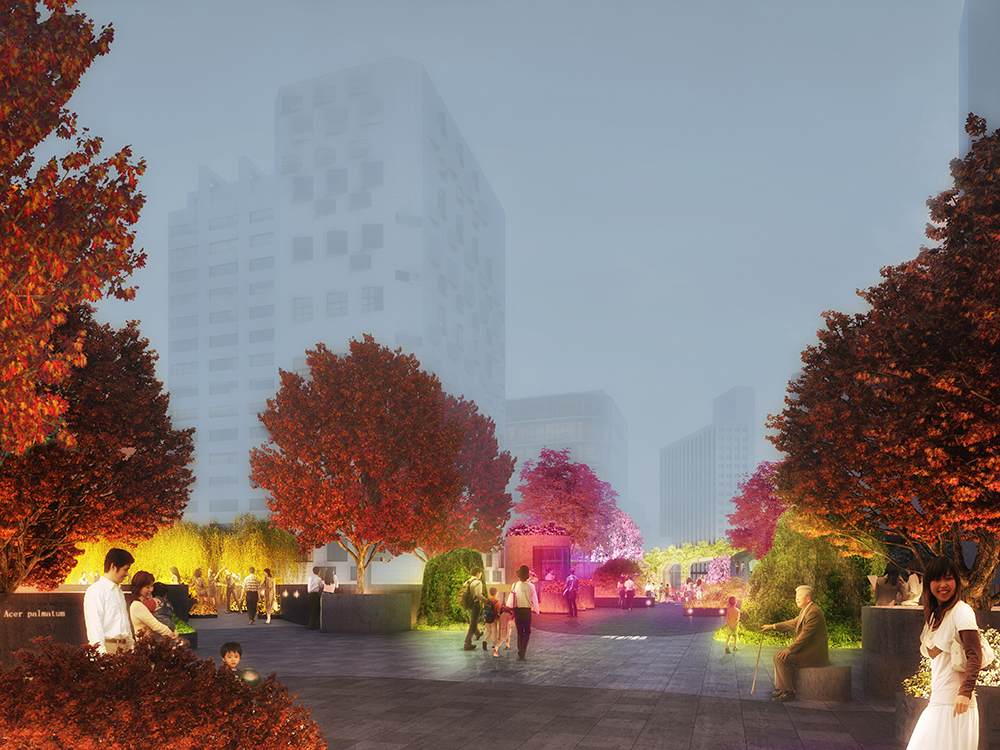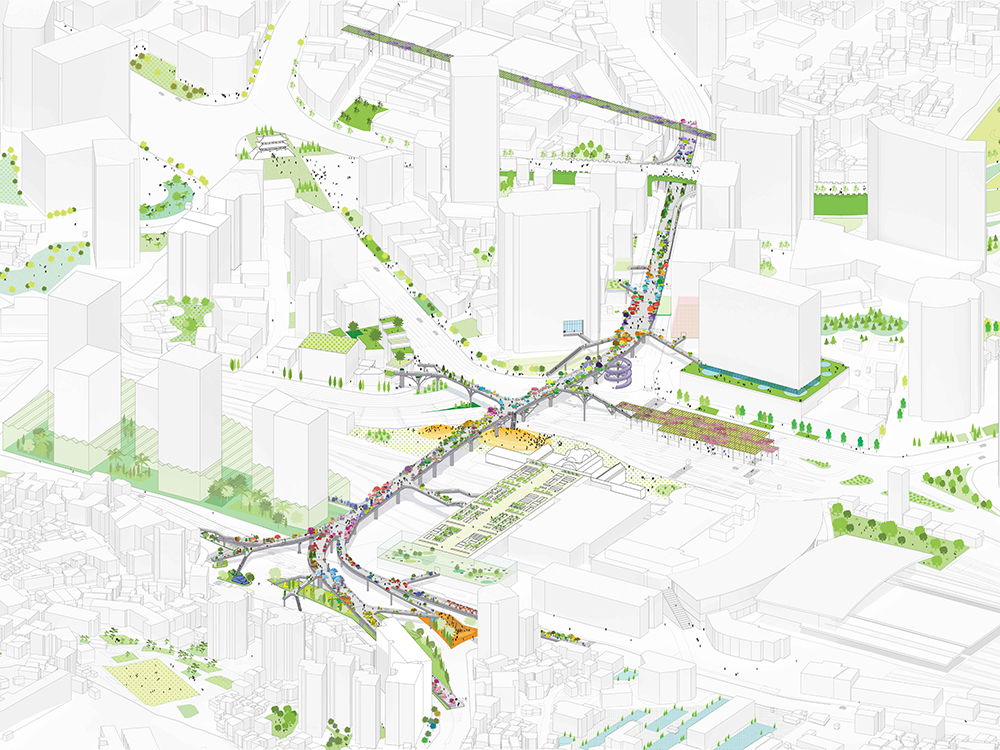
MAKE WAY FOR the High Line effect. Ever since the elevated park turned New York’s far West Side into a playground for the moneyed class, other cities have quickly followed suit.
Washington, D.C. and Philadelphia have announced plans to build parks in the air. Singapore, already the leading standard in vertical greenery, wants to turn old train tracks into the Green Corridor. As of this week, Seoul is the latest city to get a park on a pedestal. The local government has selected Dutch architects MVRDV to design the Skygarden, a half mile of green space to be built on an abandoned stretch of 1970s highway.
Like the High Line, the Skygarden will make good use of unused infrastructure: the Seoul Station Overpass hasn’t seen traffic since 2009, when it failed a government safety inspection. Unlike the High Line, the Skygarden is part of a more expansive government-led initiative to make Seoul’s built landscape greener and more walkable.
From our partners:
“The mayor of Seoul is quite active in establishing an improved architectural climate in the city,” says Winy Maas, MVRDV’s lead on the project. Last fall, Seoul’s mayor, Park Won-soon, hired architect Seung H-Sang to be lead the change as first “city architect,” a job that involves supervising a team of urban planners, researchers, and designers, as well as overseeing public projects like the competition for Skygarden. Construction should begin in October, and the park is expected to be completed in 2017.

MVRDV’s design scales over time, spilling over into other parts of the city. Skygarden will function as a nursery to a bevy of trees that will eventually be transplanted to several rooftop gardens town. The architects plan to build out satellite gardens within a radius of about 800 feet, and then expand another 800 feet about a year later. In total, the pedestrian park will be home to 254 species of flora, which Maas calls “a complete collection of Korean vegetation.” His project will continue the Korean tradition of clipping, cutting, and arranging lush landscapes in precise ways. “It’s a very specific culture that doesn’t exist in other places,” he says.
We’ll be watching to see if starchitect-designed condos, hotels, and restaurants crop up nearby.
This feature is adopted from Wired.
















